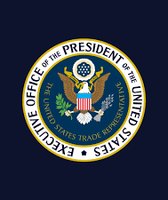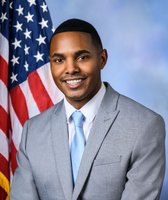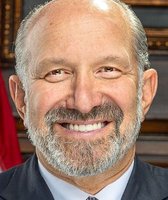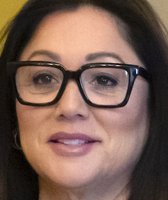Stand up for the facts!
Our only agenda is to publish the truth so you can be an informed participant in democracy.
We need your help.
I would like to contribute
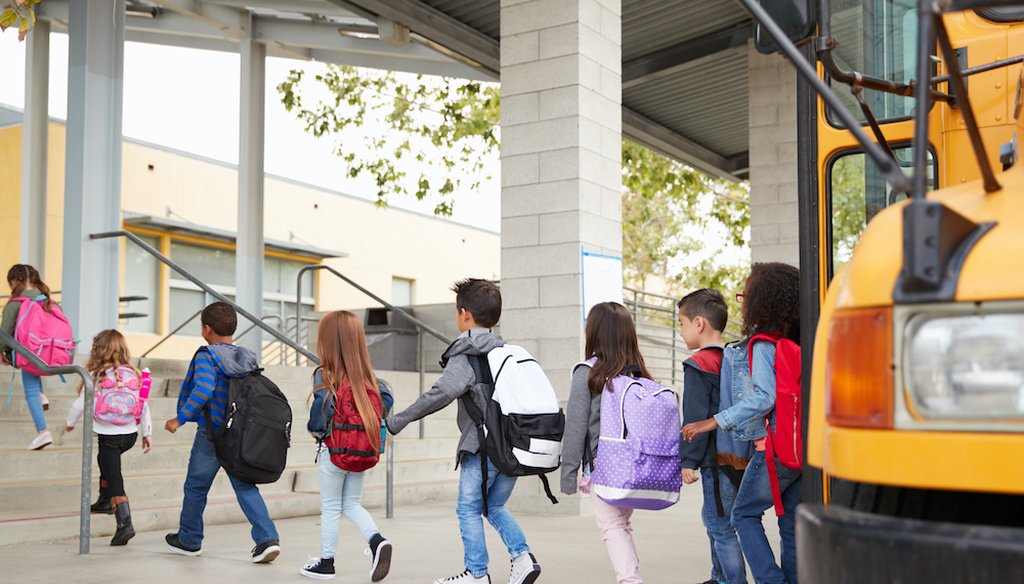
Elementary students showing up for school. (Shutterstock)
If Your Time is short
-
While the White House wants students to return in the fall, most guidance points to a blend of in-person and online learning.
-
Experts say the youngest students, any student with special needs, and those who count on school for their meals should take priority.
-
They said schools should rethink how they use their space and how they schedule students to maximize separation and minimize risk to older teachers.
As thousands of school districts figure out how and to what degree they will reopen this fall, President Donald Trump railed against the recommendations from the Centers for Disease Control and Prevention.
"I disagree with (the) CDC on their very tough and expensive guidelines for opening schools," Trump tweeted July 8. "While they want them open, they are asking schools to do very impractical things. I will be meeting with them!!!"
The administration has tightly linked reopening schools to relaunching the economy. Trump threatened to cut aid to schools that fail to fully open.
One lightning rod was the CDC suggestion that schools consider spacing desks "at least 6 feet apart." Asked if that was what triggered Trump, Vice President Mike Pence reiterated, "We just don't want the guidance to be too tough."
Sign up for PolitiFact texts
The CDC will release new guidance in a week, he said. Now the Democratic-led House plans a hearing on political pressure shaping public health policy.
The Trump administration cited the American Academy of Pediatrics recommendation that educators "should start with a goal of having students physically present in school." For the sake of learning and overall health, the academy said, kids do better in the classroom.
Several groups have offered parents, educators and communities frameworks for bringing students back to school. (See our resource list at the end.) We reached out to additional experts for some of their top suggestions for schools. Cumulatively, their guidance gives districts wide latitude to reopen in a variety of ways.
The resulting quiltwork is unlikely to match the administration’s simple message of "get our kids back to school." Small children have different needs than adolescents. The threat of the virus varies from place to place, and some people are more at risk than others. Poorer and rural school districts face different challenges than more affluent ones.
RELATED: COVID-19 and children: What we know, what we don’t
The clearest guidance is that in places where cases are surging, administrators should move more cautiously. Some districts, including the one in Phoenix, Ariz., have already announced that students will remain home past September.
Here are the top five tips that emerge from the education experts and reports.
Put a priority on the students who most need to be in school
For the youngest students, certainly kindergarten to about grade three, districts "should try to go back to full time in-person school," said MIT Teaching Systems Lab director Justin Reich.
Distance learning works worst for them, Reich said. For higher grades, "every family that can successfully pursue remote learning should be invited to do so."
Joshua Sharfstein at Johns Hopkins School of Public Health amplifies and extends the point.
"Some kids may receive special services in school that are essential to their well-being, whereas others can do fine spending half the time at school and the other half at home on the computer," Sharfstein said. "I think it’s totally appropriate to treat these groups differently, and offer more in-school time to the first group."
English language learners and students most at risk of dropping out should also place high on the priority list, along with those who count on school as the one place to get a nutritious meal.
Reich also suggests schools bring back teachers’ children so their parents are freed up to return to their classrooms.
Rethink schedules and how schools use all the spaces at their disposal
The American Enterprise Institute suggests schools consider scheduling students to come on alternating days, or split them so half come in the morning and half in the afternoon.
Playing with schedules opens up space, and that allows for social distancing. The American Academy of Pediatrics talked about keeping students in smaller cohorts that stay together and avoid other groups. Sharfstein the six-foot distance could reasonably come down to three feet with these bubbles. And the tactic would apply to getting to and from school, as well.
"Buses will need assigned seats, with kids next to others in their bubbles," Sharfstein said.
Nicholas Tampio at Fordham University encourages any school that can to think beyond the four walls of the school.
"Bring teachers and students into an environment unpropitious for airborne transmission — outside!" Tampio said.
Finland has done that for years, he said, and other countries are testing the option.
Create safe space and new roles for higher risk educators
Nearly one-fifth of American teachers are 55 or older. They and any educator with an underlying health condition should be given the chance to keep their distance from their colleagues and students. One option is to assign them to remote learning or serving as a homework coach.
Morgaen Donaldson, director of the Center for Education Policy Analysis at the University of Connecticut, said this could address the critical need to maintain close contact with students regardless of how they get their lessons.
"At the middle and high school levels, educators should divide up responsibility for connecting with a small group of students weekly while online learning is in effect," Donaldson said. "This will help keep students engaged, motivated, and hopeful."
Keep the funding fair
The federal CARES Act provided over $13 billion for schools, but additional money is very much in the mix as Congress grapples with a fourth coronavirus aid package.
Some schools come into this with deeper pockets than others, and experts say states would do well to target districts that serve students with the greatest needs.
"They must implement safeguards so that there are not disparities in the educational opportunities and services provided to students of color, low-income students, English learners, students with disabilities, students who are immunocompromised, and other vulnerable student groups," said Stanford University’s Heather Hough.
Plan, tweak, repeat
One of the recurring themes is community-wide discussions should shape school reopening. The full range of public health and social service agencies should be involved.
MIT’s Reich worked on a blueprint for that process, and emphasized that communities should understand that whatever they decide at first will likely need to change.
"This is iterative," Reich said. "The design as a whole will only work if there is ongoing learning and reflection, in real time, over the course of the year."
Which reinforces another recurring reminder in most of the guidelines:
Just as many states that reopened their businesses are now retrenching, schools should be prepared to pull back on their reopening if the virus flares up.
Key resources
American Enterprise Institute, A blueprint for back to school
Justin Reich and Jal Mehta, Imagining September: Principles and Design Elements for Ambitious Schools During COVID-19
American Academy of Pediatrics, COVID-19 Planning Considerations: Guidance for School Re-entry
U.S. Centers for Disease Control and Prevention, Considerations for Schools
Johns Hopkins University, Analysis of School Reopening Plans
American Federation of Teachers, A plan to safely reopen America’s schools and communities
Our Sources
White House, Press Briefing by Vice President Pence and Members of the Coronavirus Task Force, July 8, 2020
JAMA Network,The Urgency and Challenge of Opening K-12 Schools in the Fall of 2020, June 1, 2020
Johns Hopkins Center for Health Security, Filling in the Blanks: National Research Needs to Guide Decisions about Reopening Schools in the United States, May 15, 2020
U.S. Centers for Disease Control and Prevention, Considerations for Schools, May 19, 2020
American Academy of Pediatrics, COVID-19 Planning Considerations: Guidance for School Re-entry, June 25, 2020
American Enterprise Institute, A blueprint for back to school, May 4, 2020
Johns Hopkins University, Analysis of School Reopening Plans, July 8, 2020
American Federation of Teachers, A plan to safely reopen America’s schools and communities, April 28, 2020
Justin Reich and Jal Mehta, Imagining September: Principles and Design Elements for Ambitious Schools During COVID-19, July 3, 2020
Donald Trump, tweet, July 8, 2020
Donald Trump, tweet, July 8, 2020
NPR,Education Dept. Rule Limits How Schools Can Spend Vital Aid Money, June 25, 2020
White House, Coronavirus Task Force Briefing, April 9
Politico, Trump wants to reopen schools. Hint: It's not just about education., July 8, 2020
Email exchange, Justin Reich, director, MIT Teaching Systems Lab, July 8, 2020
Email exchange, Heather Hough, executive director, Policy Analysis for California Education, Stanford University, July 9, 2020
Email exchange, Nicholas Tampio, professor of political science, Fordham University, July 8, 2020
Email exchange, Morgaen Donaldson, director, Center for Education Policy Analysis, University of Connecticut, July 8, 2020
Email exchange, Joshua M. Sharfstein, Department of Health Policy and Management, Johns Hopkins Bloomberg School of Public Health, July 9, 2020









































